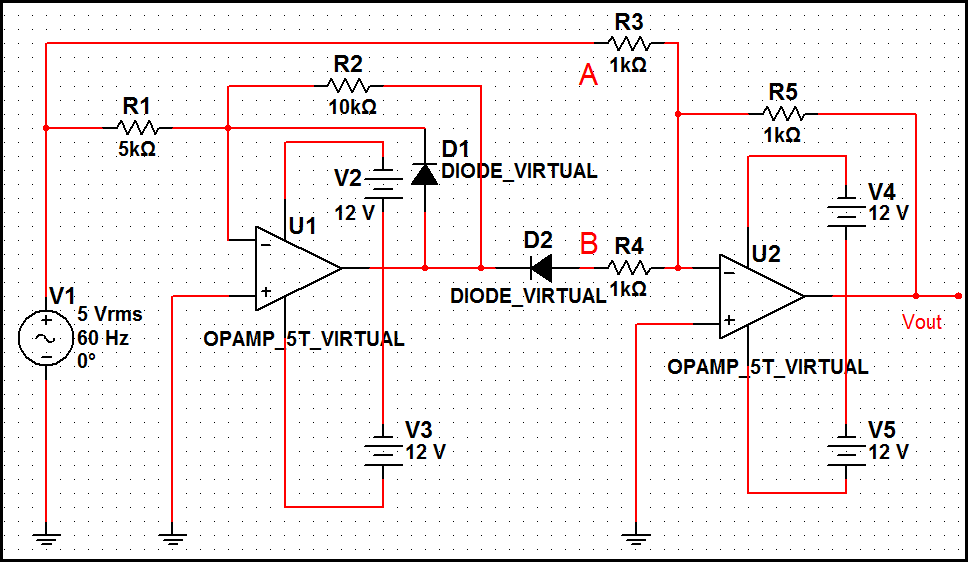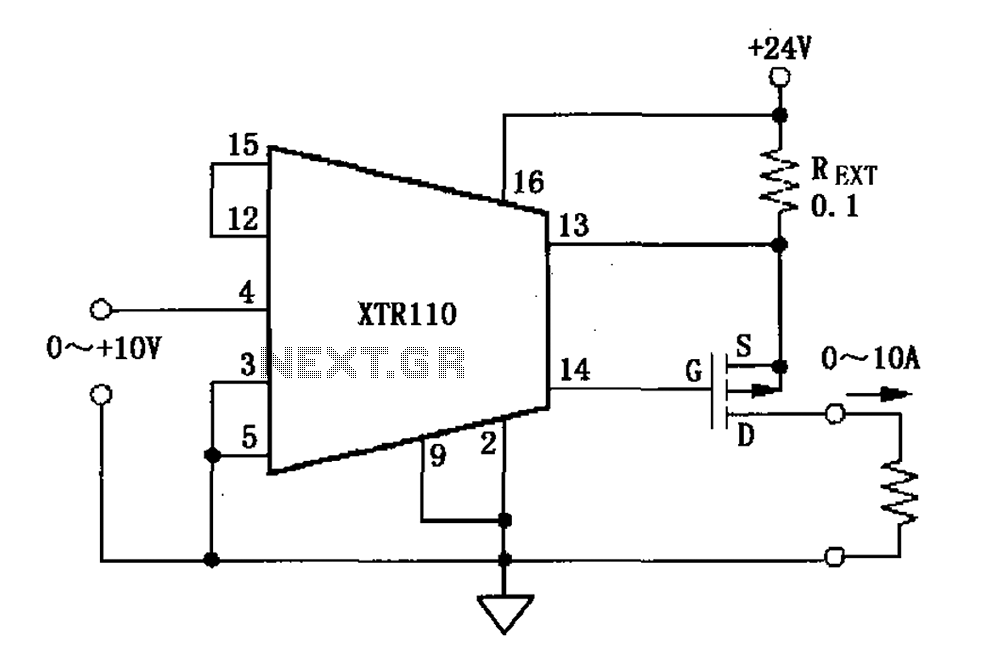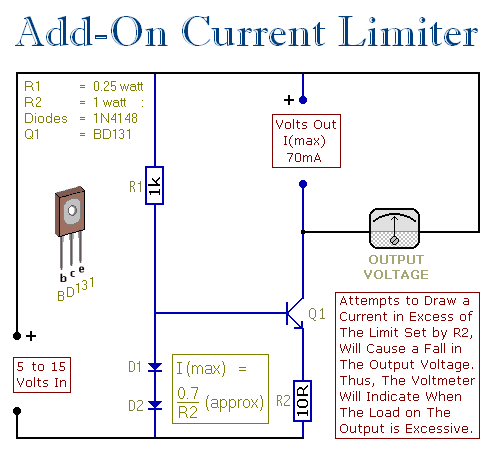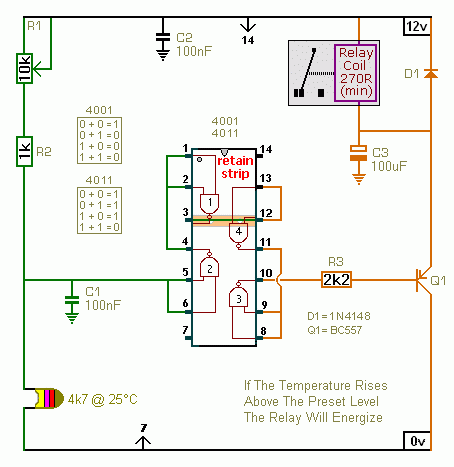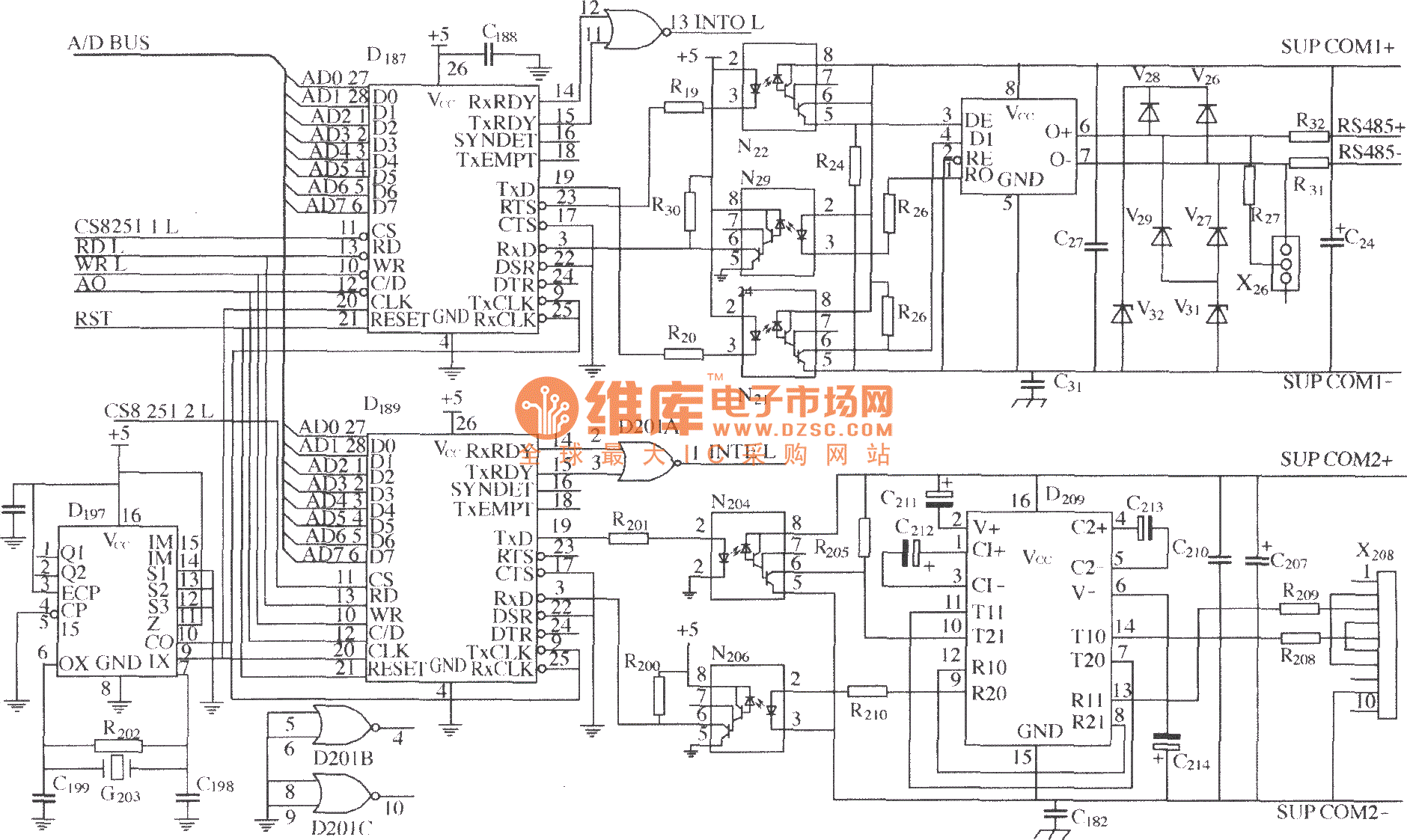
As current feedback circuit of four b
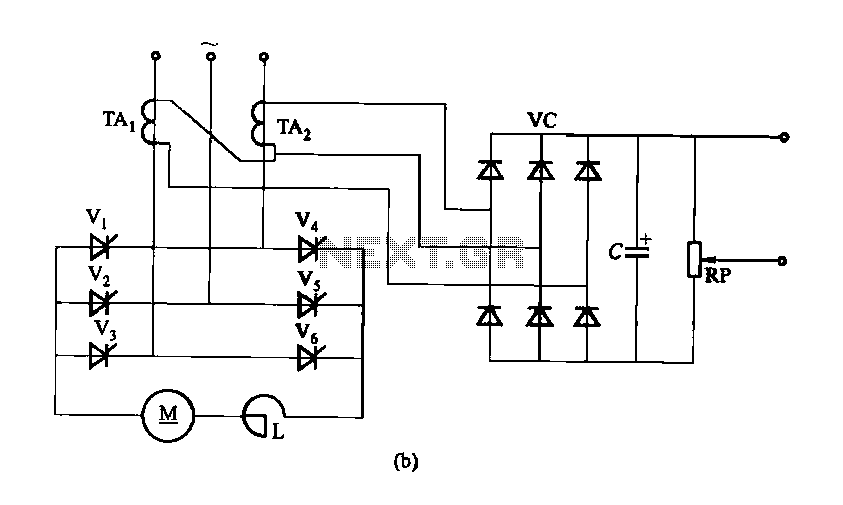
Figure 16-40 illustrates a three-phase rectifier circuit featuring a current cutoff feedback mechanism. In part (a) of the figure, three current transformers are utilized, while part (b) shows the configuration using two current transformers connected in an open delta secondary arrangement.
The three-phase rectifier circuit depicted in Figure 16-40 is designed to convert alternating current (AC) from a three-phase supply into direct current (DC). The inclusion of a current cutoff feedback circuit enhances the protection and efficiency of the system by ensuring that the output current remains within safe operational limits.
In part (a), the use of three current transformers allows for precise monitoring of the current flowing through each phase of the rectifier. These transformers provide real-time feedback to the control system, enabling it to adjust the rectification process dynamically. This ensures that any imbalances in the current are detected and corrected promptly, which is critical for maintaining the reliability of the rectifier circuit.
In part (b), the configuration with two current transformers connected in an open delta secondary arrangement offers a more economical solution while still providing effective current monitoring. This setup reduces the number of components required, which can be advantageous in applications where space or budget constraints are a concern. The open delta arrangement allows for the measurement of phase currents while still providing adequate feedback for the control system to function effectively.
Overall, the design of the three-phase rectifier circuit with current cutoff feedback is essential for applications requiring stable and reliable DC power, particularly in industrial environments where three-phase systems are prevalent. The choice between using three individual current transformers versus a pair in an open delta configuration depends on the specific requirements of the application, including factors such as cost, space, and the level of precision needed in current monitoring.Figure 16-40 three-phase rectifier circuit current cutoff feedback circuit. Figure 16-40 (a) use three current transformers; Fig. 16 40 (b) using two connected in open delta se condary current transformer.
The three-phase rectifier circuit depicted in Figure 16-40 is designed to convert alternating current (AC) from a three-phase supply into direct current (DC). The inclusion of a current cutoff feedback circuit enhances the protection and efficiency of the system by ensuring that the output current remains within safe operational limits.
In part (a), the use of three current transformers allows for precise monitoring of the current flowing through each phase of the rectifier. These transformers provide real-time feedback to the control system, enabling it to adjust the rectification process dynamically. This ensures that any imbalances in the current are detected and corrected promptly, which is critical for maintaining the reliability of the rectifier circuit.
In part (b), the configuration with two current transformers connected in an open delta secondary arrangement offers a more economical solution while still providing effective current monitoring. This setup reduces the number of components required, which can be advantageous in applications where space or budget constraints are a concern. The open delta arrangement allows for the measurement of phase currents while still providing adequate feedback for the control system to function effectively.
Overall, the design of the three-phase rectifier circuit with current cutoff feedback is essential for applications requiring stable and reliable DC power, particularly in industrial environments where three-phase systems are prevalent. The choice between using three individual current transformers versus a pair in an open delta configuration depends on the specific requirements of the application, including factors such as cost, space, and the level of precision needed in current monitoring.Figure 16-40 three-phase rectifier circuit current cutoff feedback circuit. Figure 16-40 (a) use three current transformers; Fig. 16 40 (b) using two connected in open delta se condary current transformer.

